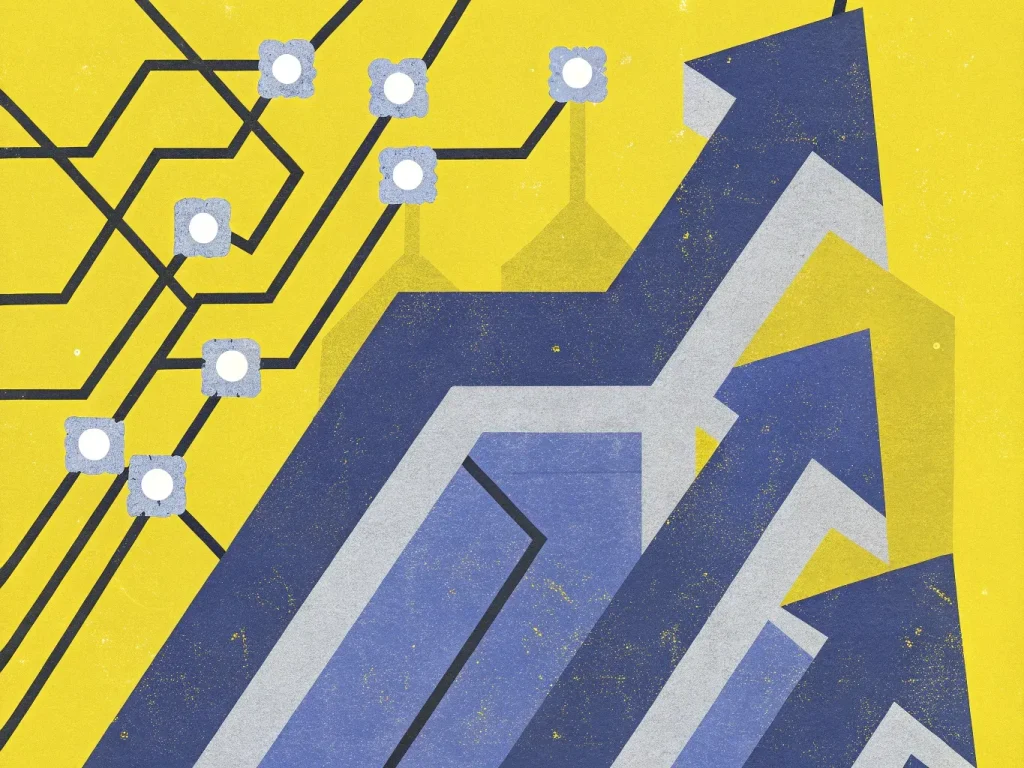Quantum Computing stands at the frontier of technology, promising dramatic speedups and new capabilities across industries. At its core, it uses qubits to explore multiple possibilities simultaneously through superposition and entanglement. Progress depends on robust quantum hardware and strategies for fault-tolerant quantum computing that protect computations from noise. Researchers and developers are crafting quantum algorithms to tackle optimization, chemistry simulations, and cryptography challenges. As the ecosystem matures, many anticipate quantum supremacy enabling practical advantages in real-world problems.
Viewed through the lens of quantum information processing, this approach treats qubit-based computation as a new form of probabilistic problem solving. Researchers highlight diverse platforms, from superconducting circuits to trapped ions, where scalable design and strong error mitigation are central. The objective is to translate unusual quantum behavior into practical tools for simulation, optimization, and secure communications, supported by an expanding software ecosystem. Access to these resources is increasingly available through cloud services and hybrid quantum-classical workflows, letting teams experiment without owning specialty hardware.
Quantum Computing Foundations: Qubits, Superposition, and the Path to Quantum Advantage
Quantum Computing represents a new paradigm in information processing, where qubits—the quantum bits—can exist in 0, 1, or any quantum superposition of these states. This intrinsic parallelism, together with entanglement and interference, enables the exploration of many possibilities simultaneously, something classical bits cannot achieve. The realization of these capabilities relies on quantum hardware that precisely controls and measures qubit states, spanning approaches from superconducting circuits to trapped ions.
This foundational framework positions quantum computing to tackle problems that are intractable for classical systems. By leveraging the unique properties of qubits and the rules of quantum mechanics, researchers aim to unlock practical advantages in fields such as chemistry, materials science, and optimization, where vast configuration spaces can be navigated more efficiently than with traditional computing. The journey toward practical quantum advantage continues to drive innovation in hardware, algorithms, and software tooling.
The Quantum Hardware Landscape: Superconducting Qubits, Trapped Ions, and Beyond
Quantum hardware—the physical substrate that hosts qubits—drives the performance and scalability of quantum computers. Dominant technologies include superconducting qubits, which operate on cryogenic circuits to maintain coherence, and trapped ions, where electromagnetic fields and laser control yield high-fidelity gates. Each platform offers distinct advantages and challenges in coherence times, gate speeds, and integration with classical systems.
Loading more qubits while preserving fidelity requires advances in control electronics, cryogenics, and error mitigation strategies. The field is actively exploring additional platforms such as photonic systems, quantum dots, and neutral atoms, each contributing unique scaling paths and connectivity profiles. Collectively, these efforts underpin the development of larger, more reliable systems capable of supporting practical quantum computations.
Quantum Algorithms Driving Innovation: From Shor to QAOA
Quantum algorithms are the engines that render quantum computing useful. Shor’s algorithm illustrates how certain tasks, like factoring large numbers, could experience exponential speedups, with profound implications for cryptography. Grover’s algorithm offers a quadratic speedup for unstructured search problems, widening the range of potential applications in optimization and data analysis.
In the near term, hybrid approaches such as the Variational Quantum Eigensolver (VQE) and the Quantum Approximate Optimization Algorithm (QAOA) combine quantum circuits with classical optimization to tackle chemistry, materials science, and complex optimization problems. As research progresses, quantum machine learning and kernel methods are also being explored to leverage quantum state representations, expanding the scope of problems that can benefit from quantum acceleration.
Quantum Supremacy and Real-World Progress
Quantum supremacy marks a milestone where a quantum device performs a calculation beyond the reach of the best classical computers for a specific task. Experimental demonstrations across different hardware platforms have showcased this capability, signaling a crucial proof point in the quest for practical quantum advantage. These demonstrations provide benchmarks for hardware performance, error rates, and coherence under real-world conditions.
Despite this progress, achieving broad, real-world impact requires moving toward fault-tolerant quantum computing. The development of robust quantum error correction codes and logical qubits is essential to operate reliably in the presence of noise, enabling scalable, long-running computations that outperform classical counterparts on meaningful problems.
From NISQ to Fault-Tolerant Quantum Computing: The Roadmap Ahead
Today’s quantum devices largely inhabit the Noisy Intermediate-Scale Quantum (NISQ) era, offering valuable experimental results but facing significant challenges from noise, limited coherence, and imperfect operations. In this regime, hybrid quantum-classical workflows maximize usefulness by offloading suitable tasks to quantum accelerators while classical processors handle optimization and error mitigation.
The long-term roadmap envisions fault-tolerant quantum computing built on fault-tolerant error correction, logical qubits, and scalable architectures. As these capabilities mature, cloud access to quantum hardware will continue democratizing experimentation, enabling organizations to prototype algorithms, benchmark performance, and integrate quantum solutions into broader computational ecosystems.
Industrial Impact: Transforming Chemistry, Finance, and Security with Quantum Computing
Quantum computing is poised to reshape industries by enabling more accurate molecular simulations, faster material discovery, and enhanced optimization. Quantum hardware coupled with sophisticated quantum algorithms can accelerate drug development, catalyst design, and energy storage research, driving breakthroughs in chemistry, materials science, and manufacturing.
Beyond technical performance, quantum computing will influence business strategy and security. As quantum hardware matures, organizations must prepare for quantum-resistant cryptography and potential future cryptanalytic capabilities. This necessitates governance, talent development, and new partnerships to harness quantum computing responsibly while safeguarding data and operations.
Frequently Asked Questions
What is Quantum Computing and why is it important today?
Quantum Computing uses qubits to process information in ways classical computers cannot. It relies on advances in quantum hardware and quantum algorithms to explore many possibilities in parallel, enabling potential breakthroughs in chemistry, optimization, and secure communications, while current systems are still maturing.
How do qubits drive the power of Quantum Computing?
Qubits are the basic units of quantum information that can represent 0, 1, or both simultaneously through superposition. When qubits are carefully controlled on quantum hardware and entangled, Quantum Computing can execute certain algorithms much faster than classical approaches.
What is quantum supremacy in Quantum Computing, and is it achievable today?
Quantum supremacy describes a moment when a quantum computer can solve a problem faster than any known classical computer. Demonstrations have shown supremacy for specific tasks, but broad, practical advantage remains an ongoing research goal toward fault-tolerant quantum computing.
What are the main quantum hardware platforms and how do they differ in Quantum Computing?
The main quantum hardware platforms include superconducting qubits and trapped ions, each with different coherence times, fidelities, and scalability prospects. Other approaches like photonic, quantum dots, or neutral atoms are also being explored; work in this area shapes how Quantum Computing will scale.
What are quantum algorithms and where can they provide value in Quantum Computing?
Quantum algorithms are designed to leverage quantum mechanics to solve certain problems more efficiently than classical algorithms. Notable examples include Shor’s algorithm for factoring and Grover’s search, with near-term methods like VQE and QAOA targeting chemistry, materials science, and optimization within the NISQ era.
What needs to happen to achieve fault-tolerant quantum computing?
Achieving fault-tolerant quantum computing requires robust quantum error correction, logical qubits, and scalable control architectures to suppress errors faster than they occur. Progress relies on new error-correcting codes, hardware improvements, and hybrid strategies that combine quantum and classical resources.
| Key Area | Summary |
|---|---|
| Core Concepts |
|
| Hardware Landscape |
|
| Algorithms & Software |
|
| NISQ Era & Fault Tolerance |
|
| Applications Across Industries |
|
| Challenges & Risks |
|
| Roadmap & Future Outlook |
|
| Business Impact |
|
| Ethical & Societal Considerations |
|
Summary
Conclusion:


